
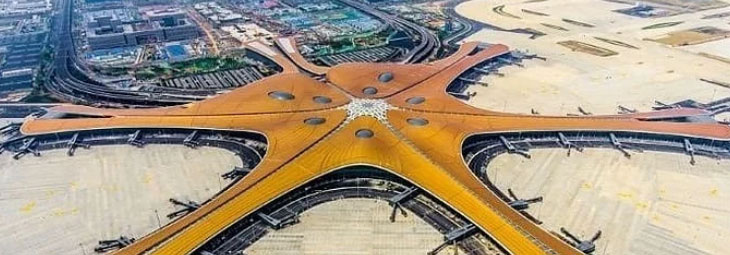
Overview
In 2022, we monitored seawater quality in 1,359 national monitoring sites, 230 riverine sections flowing into the sea, 457 sewage outlets with daily discharge volume exceeding or equal to 100 tons. We also monitored the ecological status of 24 typical marine ecosystems. Environmental monitoring was carried out on 56 ocean dumping zones, 20 offshore oil/gas exploration zones, 32 bathing beaches, and 35 marine fishery areas.
The monitoring results showed that China's marine ecology environment status was steady with sound improvement in 2022. The overall quality of marine water environment remains stable, with 97.4% of the marine water under jurisdiction of China meeting the Seawater Quality Standard Grade I. 81.9% of the coastal area had excellent or good water quality (meeting Grade I and Grade I standards), up by 0.6 percentage point compared with last year. The polluted areas were mainly located at Liaodong Bay, Bohai Bay, Laizhou Bay, Yangtze River Estuary, Hangzhou Bay, and Pearl River Estuary. The dominant pollution indicators were inorganic nitrogen and active phosphate. 7 typical Marine ecosystems were in a healthy state, 17 were in a sub-healthy state, and none were unhealthy. The water quality of all the monitored sea-entering rivers was good on the whole. The overall environmental quality of ocean dumping zones and oil/gas explo- ration zones was basically stable, and the water quality of bathing beaches and marine fishery waters was generally good.
1 Marine Environmental Quality
1.1 Seawater Quality
1.1.1 Water Quality of Sea Areas under Jurisdiction of China
In the Summer of 2022, seawater quality in 1,359 state monitoring sites were monitored.
Sea area meeting the Seawater Quality Standard Grade I accounted for 97.4% of the total, which decreased by 0.3 percentage point from that in the previous year.
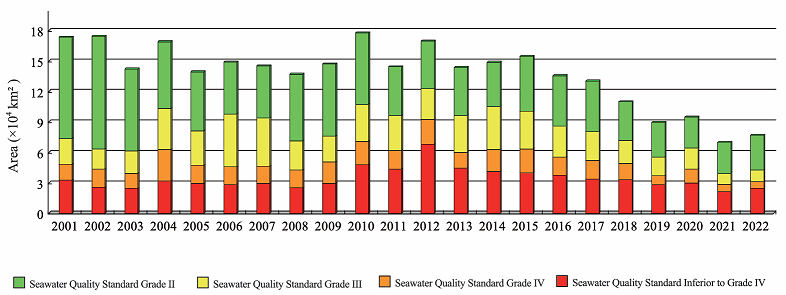
Table 1 Total sea area under jurisdiction of China with water quality failing to meet the Seawater Quality Standard Grade I from 2001 to 2022
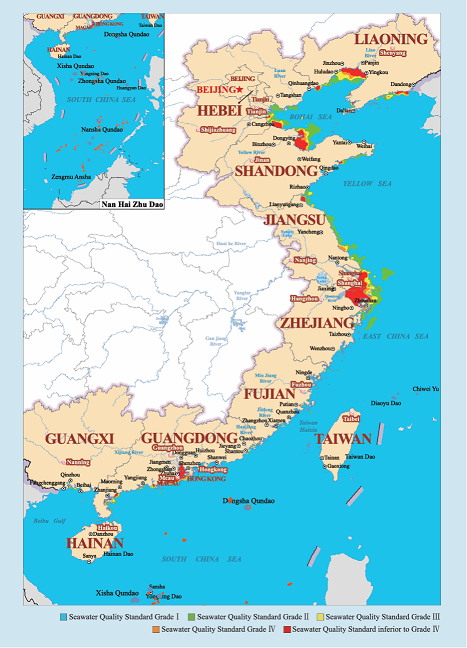
Fig. 1 Water quality status of sea areas under jurisdiction of China in 2022
The main pollution indicators were inorganic nitrogen and active phosphate.
The sea area with inorganic nitrogen content failing to meet the Seawater Quality Standard Grade I was 72,000 km². The area with water quality meeting the Seawater Quality Standard Grade II, Grade III and Grade IV were 30,850 km², 10,590 km² and 5,980 km², respectively. The area with water quality inferior to the Seawater Quality Standard Grade IV was 24,580 km² and mainly located at Liaodong Bay, Bohai Bay, Laizhou Bay, Yangtze River Estuary, Hangzhou Bay, and Pearl River Estuary.
The sea area with active phosphate content failing to meet the Seawater Quality Standard Grade I was 30,170 km². The area with water quality meeting the Seawater Quality Standard Grade II and III was 19,300 km², and that meeting the Seawater Quality Standard Grade IV was 4,800 km². The area with water quality inferior to the Seawater Quality Standard Grade IV was 6,070 km² and mainly located at Liaodong Bay and Hangzhou Bay.
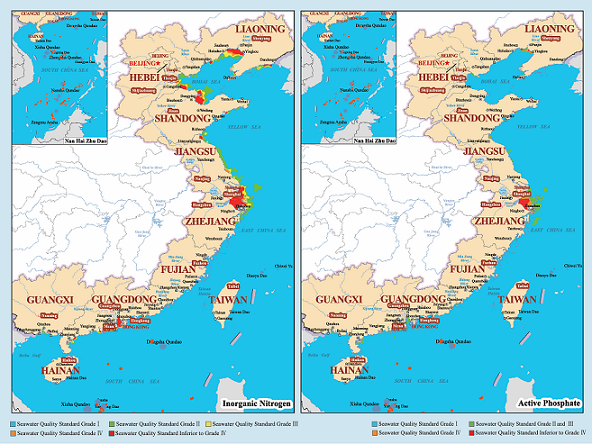
Fig. 2 Seawater quality status in terms of inorganic nitrogen and active phosphate content in sea areas under jurisdiction of China in 2022
Bohai Sea The sea area with water quality failing to meet the Seawater Quality Standard Grade I was 24,650 km² , increased by 11,800 km²com- pared with that in the previous year. The area with water quality meeting the Seawater Quality Stan- dard Grade II, Grade III and Grade IV were10,910 km², 3,790 km² and 2,150 km², respective- ly. The sea area with water quality failing to meet Grade IV was 7,800 km² and mainly located at Liaodong Bay, Bohai Bay and Laizhou Bay.
Yellow Sea The sea area with water quality failing to meet the Seawater Quality Standard Grade I were 13,710 km², increased by 4,190 km² compared with that in the previous year. The area with water quality meeting the Seawater Quality Standard Grade II, Grade III and Grade IV were9,850 km², 1,650 km² and 1,000 km², respective- ly. The sea area with water quality inferior to Grade IV was 1,210 km² and mainly located at the northern Yellow Sea and coastal waters of the Haizhou Bay.
East China Sea The sea area with water quality failing to meet the Seawater Quality Standard Grade I was 28,940 km², decreased by 7,030 km² compared with that in the previous year. The area with water quality meeting the Seawater Quality Standard Grade II, Grade III and Grade IV were11,190 km², 4,030 km² and 2,370 km², respectively. The sea area with water quality inferior to Grade IV was 11,350 km² and mainly located at Yangtze River Estuary and Hangzhou Bay.
South China Sea The sea area with water quali- ty failing to meet the Seawater Quality Standard Grade I was 9,540 km², decreased by 2,120 km² compared with that in the previous year. The area with water quality meeting the Seawater Quality Standard Grade II, Grade III and Grade IV were2,440 km², 1,560 km² and 1,020 km², respective- ly. The sea area with water quality inferior to Grade IV was 4,520 km² and mainly located at Pearl River Estuary.
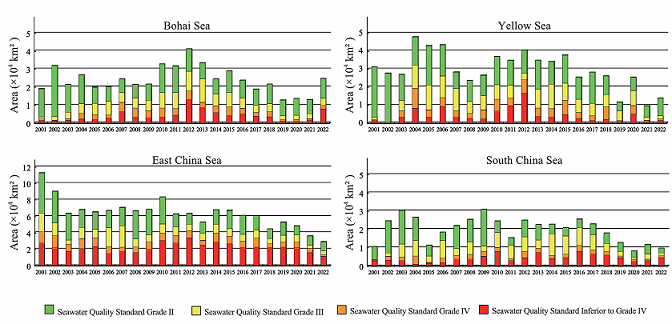
Table 2 Various sea areas with water quality failing to meet the Seawater Quality Standard Grade I from 2001 to 2022
In 2022, among the 44 bays1 larger than 100 km²,10 bays met Grade I and II standards in all three monitoring seasons(spring, summer and autumn)2 , and 20 bays met Grade IV standard or above. The proportion of sea area meeting Grade I and II standards in 23 bays increased compared with that in the previous year, ll bays remained almost at the same level, and 10 bays saw a decrease in that proportion.
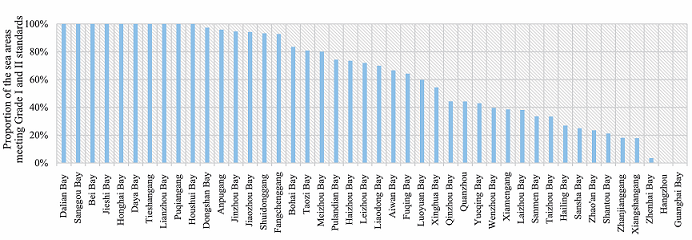
Table 3 The proportion of the sea areas meeting Grade I and II of Seawater Quality Standard in the 44 bays larger than 100 km²
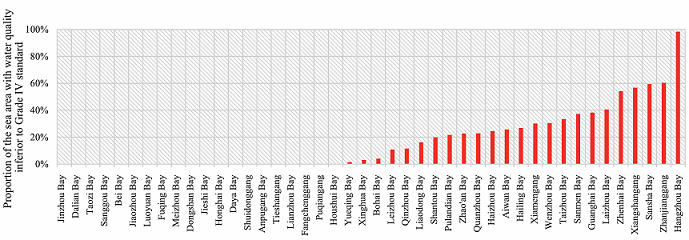
Table 4 The proportion of the sea areas with water quality inferior to Grade IV Standard in the 44 bays larger than 100 km²
1.1.2 Seawater Quality of Coastal Areas
Seawater Quality of Coastal Areas
In 2022, the comprehensive assessment based on the monitoring conducted in spring, summer and autumn indicated that the seawater quality of coastal area was steadily improved. The proportion of seawater in coastal area meeting the Seawater Quality Standard Grade I and II accounted for 81.9%, which increased by 0.6 percentage point from that of the previous year, among which the sea area meeting the Grade I standard decreased by 4.9 percentage point and that meeting the Grade II standard increased by 5.5 percentage point from that of the previous year. The proportion of sea area with water quality inferior to Grade IV standard accounted for 8.9%, decreased by 0.7 percentage point compared with that of the previous year, and the main pollution indicators were inorganic nitrogen and active phosphate.
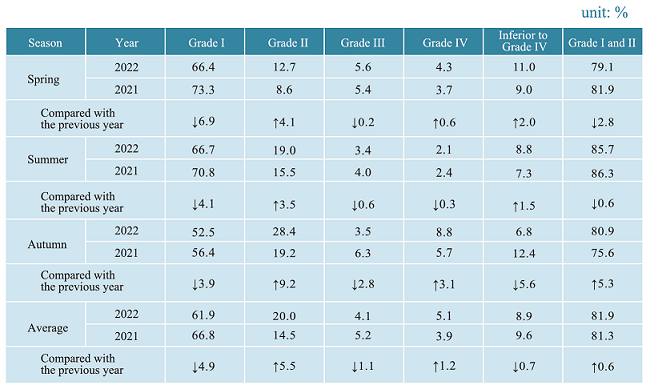
Table 5 Proportion of the seawater in coastal areas at different quality stardards in China in 2022 and their inter-annual variation
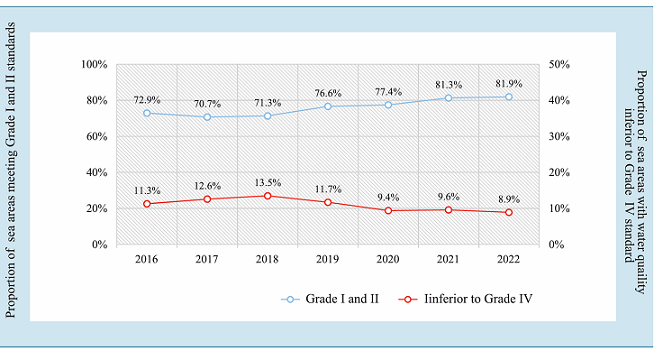
Table 6 The proportion of the sea areas meeting Grade I and II of Seawater Quality Standard and inferior to Grade IV of Seawater Quality Standard in the coastal water areas from 2016 to 2022
The sea area of coastal area with inorganic nitro- gen content meeting the Seawater Quality Stan- dard Grade I and II accounted for 82.6%, which increased by 0.6 percentage point from that in the previous year. The sea area with water quality inferior to Grade IV standard accounted for 8.6%, decreased by 0.6 percentage point compared with that in the previous year. The seawater of coastal area with active phosphate content meeting the Seawater Quality Standard Grade I and II accounted for 92.4%, which remained at the same level as that of the previous year. The sea area with water quality inferior to Grade IV standard accounted for 2.7%, increased by 0.2 percentage point compared with that of the previous year.
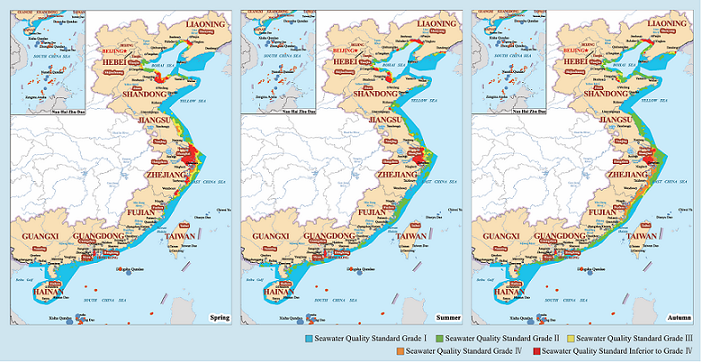
Fig. 3 Seawater quality status of the coastal areas in China in 2022
Seawater Quality of the Three Key Areas3
The seawater quality of three key areas meeting the Seawater Quality Standard Grade I and II accounted for 63.0%, which increased by 0.5 percentage point from the that of the previous year. Among them, the proportion of sea areas meeting Grade I and II standards in the Bohai Sea decreased by 7.8 percentage point from that of the previous year, that of the Yangtze River estuary and the Hangzhou Bay down by 8.0 percentage point, and that of the sea areas adjacent to the Pearl River estuary down by 0.2 percentage point.
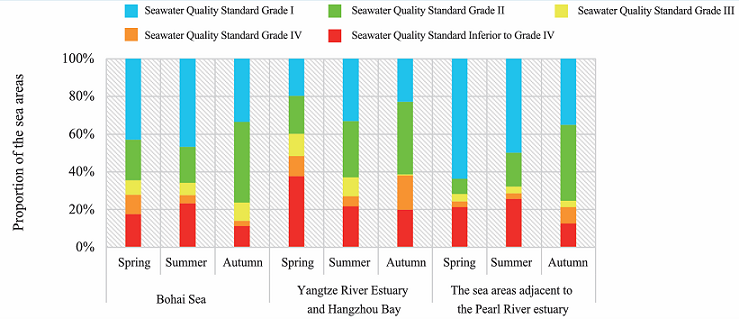
Table 7 Proprtion of the three key areas at different quality standards in 2022
Seawater Quality of Coastal Provinces
Compared with the previous year, the sea area meeting the Seawater Quality Standard Grade I and II in Tianjin, Jiangsu,Shanghai,Zhejiang and Guangxi increased, that in Fujian, Guangdong and Hainan remained almost at the same level, and that in Liaoning, Hebei, and Shandong decreased.
Compared with the previous year, the sea area with water quality inferior to Grade IV standard in Hebei, Tianjin, Shanghai, Zhejiang and Guangxi decreased, that in Jiangsu, Fujian, Guangdong and Hainan remained almost at the same level, and that in Liaoning and Shandong increased.

Table 8 Proportion of the sea areas meeting Grade I and II standards in coastal provinces in 2021 and 2022
Notes:
1. A bay refers to a sea area where the ocean penetrates deep into the land to form a distinct curve, surrounded by land and the sea of which is no less than the semicircle area with the width of the entrance as diameter
2. The seawater quality was monitored from April to May in spring, from July to August in summer and from October to November in autumn.
3. Three Key Areas, namely the Bohai Sea, the Yangtze River estuary and the Hangzhou Bay, and the sea areas adjacent to the Pearl River estuary, were identified in “the Action Plan for Comprehensive Treatment of Key Sea Areas”.
Source: <https://english.mee.gov.cn/Resources/Reports/bomeaesoc/202311/P020231115438787813667.pdf>
Edited by Bao Lianying